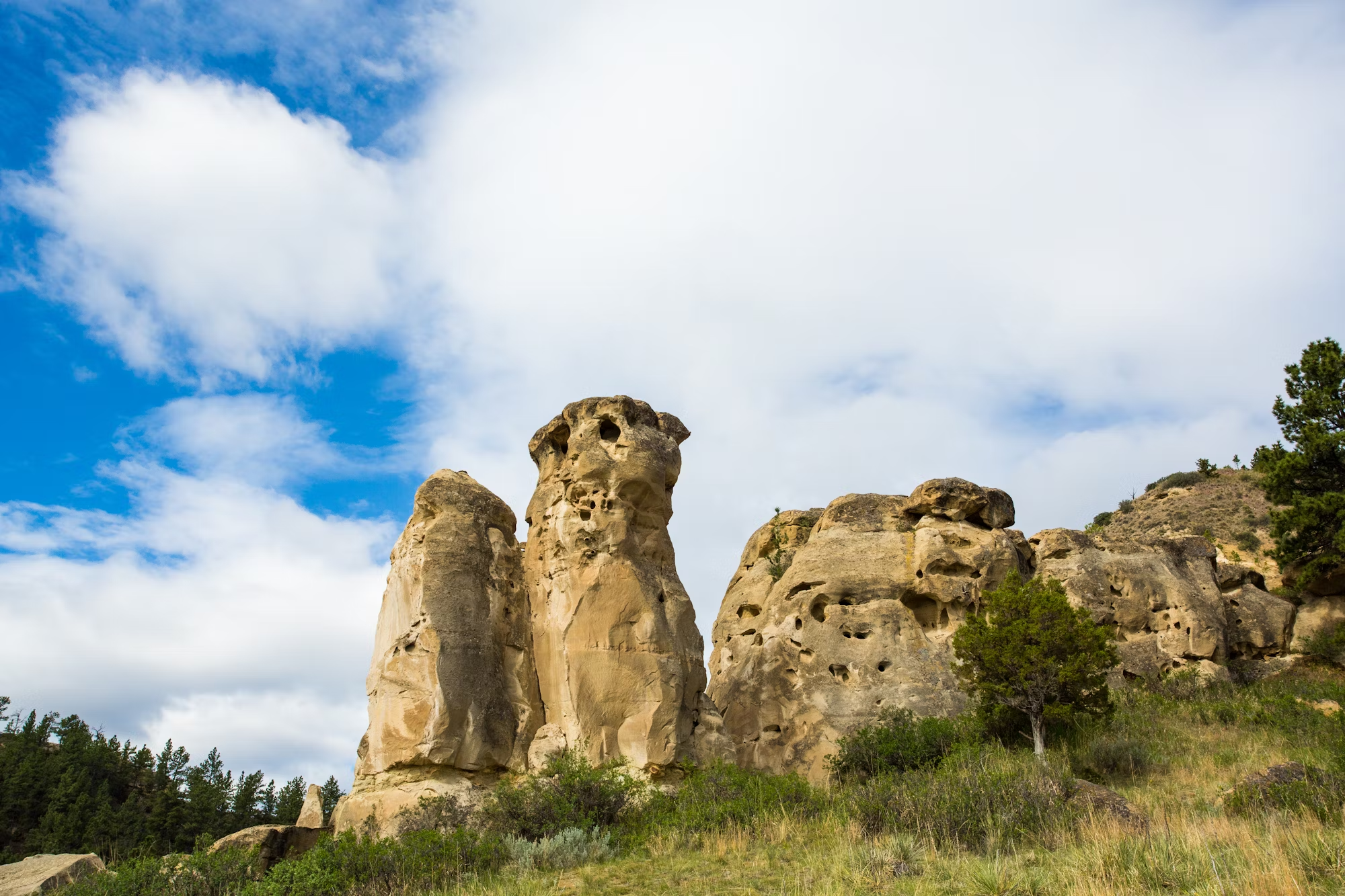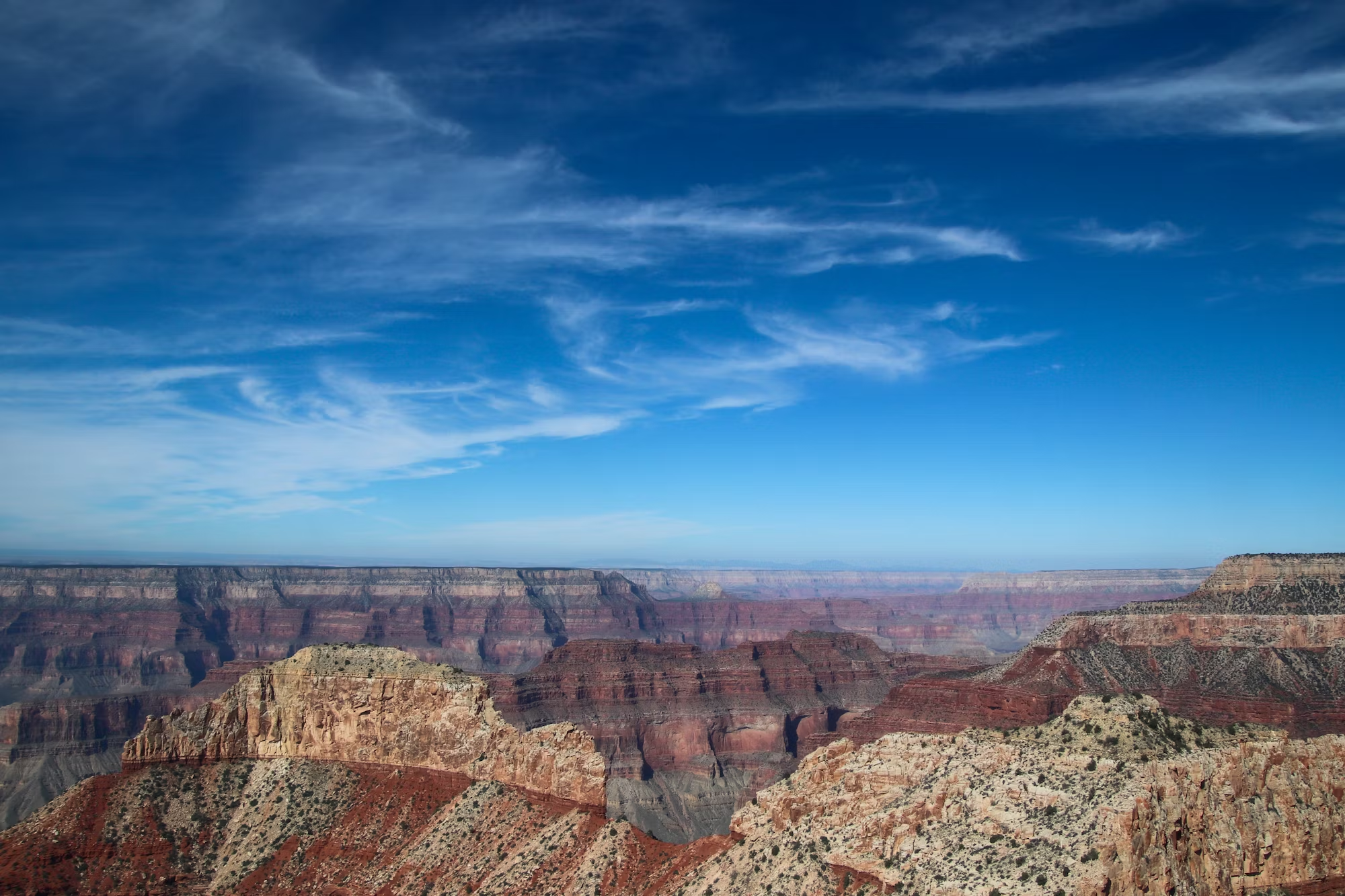
Natural Landmarks: Wonders of Our Planet
Natural landmarks are among the most awe-inspiring features of our planet, showcasing the incredible diversity and beauty of the Earth’s landscapes. From majestic mountains and expansive canyons to stunning waterfalls and unique rock formations, these natural wonders captivate our imaginations and remind us of the planet’s geological and ecological history. This article takes a closer look at some of the most significant natural landmarks across the globe, examining their unique characteristics, environmental importance, and the cultural significance they hold for various communities.
One of the most iconic natural landmarks is the Grand Canyon in the United States. Carved by the Colorado River over millions of years, this immense canyon stretches approximately 277 miles and is over a mile deep in some places. Its layered bands of colorful rock reveal a history that dates back nearly two billion years, showcasing the Earth’s geological evolution. The Grand Canyon is not only a visual spectacle but also a vital ecosystem, home to a diverse range of flora and fauna. Visitors from around the world flock to this UNESCO World Heritage site to experience its breathtaking vistas, hike its trails, and immerse themselves in the beauty of nature.
Another remarkable natural landmark is Mount Everest, the highest peak in the world, rising to 29,032 feet above sea level. Located in the Himalayas on the border of Nepal and Tibet, Everest has long captivated adventurers and mountaineers who seek to conquer its challenging heights. The mountain’s towering presence is not just a test of physical endurance; it also holds spiritual significance for the local Sherpa people, who view it as sacred. The breathtaking views from the summit offer a unique perspective on the surrounding Himalayan range, making it a dream destination for many. However, the increasing number of climbers poses environmental challenges that highlight the need for sustainable tourism practices in this fragile ecosystem.
Victoria Falls, located on the border between Zambia and Zimbabwe, is another natural marvel renowned for its breathtaking beauty. As one of the largest and most famous waterfalls in the world, Victoria Falls spans over a mile wide and plunges more than 100 meters into the Zambezi River gorge. The sheer force and volume of water create a stunning spectacle, especially during the rainy season when the falls roar to life. The local communities celebrate the falls as a cultural treasure, and the surrounding national parks are home to diverse wildlife, making it a popular destination for eco-tourism and adventure seekers alike.
The Great Barrier Reef in Australia stands as the largest coral reef system in the world and is a UNESCO World Heritage site. Stretching over 1,400 miles along the Queensland coast, the reef is home to an astounding variety of marine life, including colorful corals, fish, and other ocean creatures. The Great Barrier Reef is not only a natural wonder but also an ecological treasure, providing essential habitat for numerous species and playing a crucial role in maintaining marine biodiversity. However, the reef faces significant threats from climate change, pollution, and overfishing, making conservation efforts vital for its preservation and the health of our oceans.
In the realm of unique rock formations, the Giant’s Causeway in Northern Ireland is a striking example of natural artistry. Composed of approximately 40,000 interlocking basalt columns formed by volcanic activity, this UNESCO World Heritage site is renowned for its hexagonal shapes and stunning coastal scenery. According to local legend, the formation was created by the giant Finn McCool as part of a causeway to Scotland. The Giant’s Causeway not only serves as a geological wonder but also as a symbol of Irish folklore, drawing visitors eager to explore its unique landscape and learn about its cultural significance.
Another fascinating natural landmark is the Aurora Borealis, or Northern Lights, visible in polar regions. This stunning natural phenomenon occurs when charged particles from the sun collide with the Earth’s atmosphere, creating vibrant displays of light in the sky. The Northern Lights have inspired countless myths and legends throughout history, and they continue to captivate those fortunate enough to witness their beauty. Countries like Norway, Canada, and Iceland are popular destinations for travelers seeking to experience this magical spectacle, emphasizing the connection between natural wonders and cultural stories.
In South America, the Amazon Rainforest is often referred to as the “lungs of the planet” due to its vast biodiversity and crucial role in regulating the Earth’s climate. Spanning several countries, including Brazil, Peru, and Colombia, the Amazon is home to millions of species of plants and animals, many of which are found nowhere else on Earth. The rainforest’s incredible diversity is a source of inspiration for scientists, researchers, and conservationists who work tirelessly to protect this vital ecosystem. The Amazon serves as a reminder of the interconnectedness of life on Earth and the importance of preserving our natural heritage for future generations.
Yellowstone National Park, established in 1872 as the first national park in the world, is a prime example of the beauty and geological wonders found in natural landmarks. Home to geysers, hot springs, and an array of wildlife, Yellowstone attracts millions of visitors each year who come to experience its breathtaking landscapes. The park’s geothermal features, including the famous Old Faithful geyser, showcase the dynamic processes that shape our planet. Yellowstone’s rich biodiversity and commitment to conservation make it a vital refuge for many species, reinforcing the importance of protecting our natural landmarks.
The fjords of Norway, characterized by their steep cliffs and deep blue waters, are a stunning natural phenomenon formed by glacial activity. These dramatic landscapes, including the iconic Geirangerfjord and Nærøyfjord, are celebrated for their breathtaking beauty and unique ecosystems. The fjords attract visitors seeking outdoor adventures such as hiking, kayaking, and wildlife watching, while also serving as a vital habitat for numerous marine species. Norway’s fjords exemplify the majesty of nature and the need for sustainable tourism practices to preserve these pristine environments.
The Dolomites in Italy, a UNESCO World Heritage site, are renowned for their striking peaks and dramatic landscapes. This mountain range, characterized by its distinctive limestone formations, offers breathtaking views and numerous opportunities for outdoor activities such as skiing, hiking, and rock climbing. The Dolomites also hold cultural significance for the local communities, who celebrate their traditions and connection to the land. As a destination for adventure seekers and nature lovers, the Dolomites exemplify the beauty of natural landmarks and their role in fostering a sense of place.
As we explore the significance of natural landmarks, it is essential to recognize their role in promoting environmental awareness and conservation efforts. Many natural landmarks serve as focal points for education and outreach, encouraging visitors to appreciate and protect the environment. National parks, for example, play a crucial role in preserving biodiversity and providing opportunities for research and recreation. By promoting responsible tourism practices, we can ensure that these natural wonders remain intact for future generations to enjoy.
In conclusion, natural landmarks are a testament to the Earth’s beauty and complexity. From the Grand Canyon to the Great Barrier Reef, these wonders inspire awe and admiration while highlighting the importance of environmental stewardship. They connect us to the planet’s geological history, foster a sense of wonder, and remind us of our responsibility to protect the natural world. By valuing and preserving our natural landmarks, we contribute to a sustainable future, ensuring that these treasures endure for generations to come. As we celebrate the wonders of our planet, we nurture a deeper appreciation for the intricate web of life that sustains us all.







